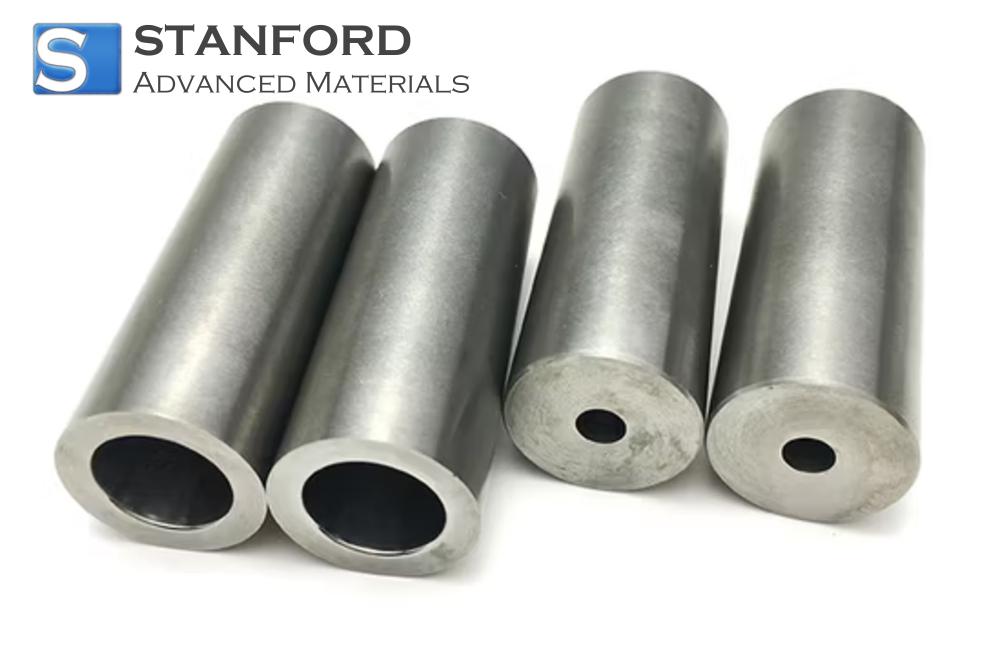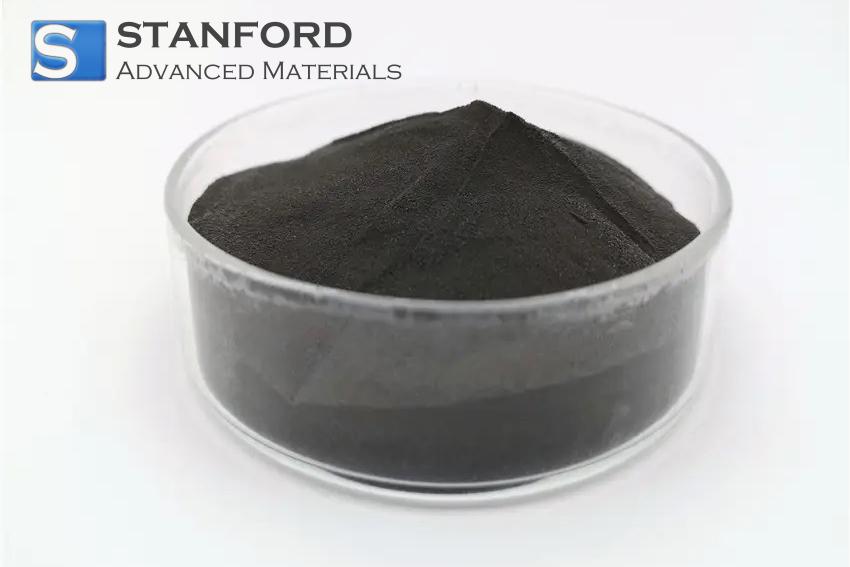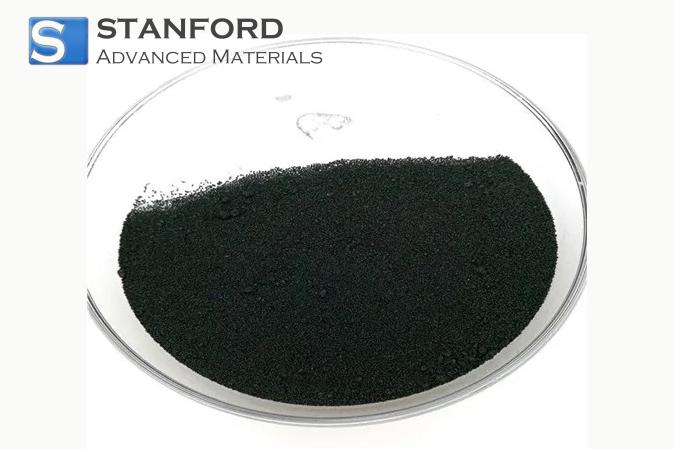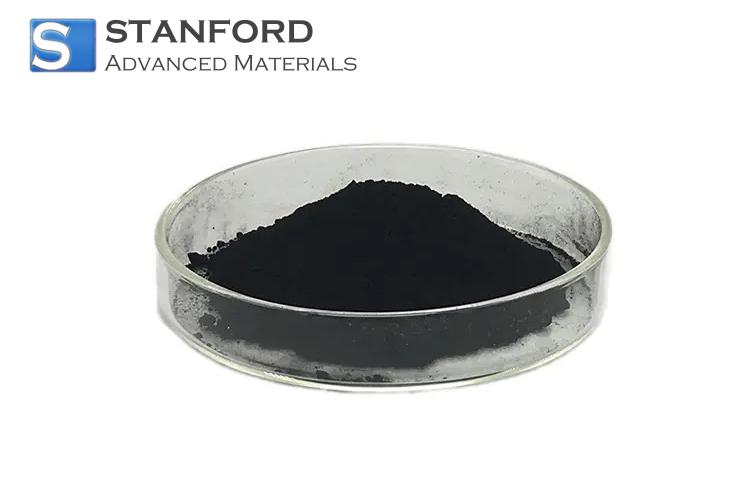Cerium: Element Properties And Uses
Description
Cerium is a silvery‐white rare earth metal that is known for its versatility and reactivity. It is employed in catalysts, for polishing glass, in certain alloys and as a fuel additive, due to its marked oxidation behaviour.
Introduction to the Element
Cerium is one of the most prevalent rare earth metals in the Earth’s crust. Discovered in the early 19/XX century, this malleable metal belongs to the lanthanide series. Its atomic structure and behaviour under various conditions have rendered it a subject of academic research and industrial investigation. Cerium is used in modern technological processes ranging from electronics to environmental technology.
Chemical Properties Description
Cerium exhibits defined chemical properties that contribute to its broad range of applications. It generally displays oxidation states of +3 and +4. In its +3 state, Cerium functions as a stable ion, whereas its +4 state causes it to act as a strong oxidant. Consequently, it can participate effectively in redox reactions.
The metal readily forms compounds with oxygen, producing cerium oxide, which is known for its catalytic activity. Its capacity to change oxidation state under different conditions is essential for its use in catalysts and related chemical processes. These properties are also reflected in its reactions with acids and bases, making Cerium a key component in several industrial chemical procedures.
Table of Physical Properties
|
Property |
Value |
Units |
|
Atomic Number |
58 |
- |
|
Atomic Mass |
140.12 |
g/mol |
|
Melting Point |
795 |
°C |
|
Boiling Point |
3 430 |
°C |
|
Density |
6.77 |
g/cm³ |
|
Electron Configuration |
[Xe] 4f¹ 5d¹ 6s² |
- |
For further information please visit Stanford Advanced Materials (SAM).
Common Uses
The specific chemical behaviour of Cerium has led to its utilisation in various sectors. One recognised application is in catalyst formulation, whereby cerium oxide reduces harmful emissions from vehicles.
Cerium is also used in glass polishing compounds, as it smooths surfaces without causing damage.
It is employed in the production of certain alloys, thereby contributing to enhanced strength and durability.
Furthermore, Cerium finds application in the electronics sector, where its electrical properties are utilised in the manufacture of semiconductors and other electronic devices.
Preparation Methods
The production of Cerium typically begins with its extraction from naturally occurring minerals such as monazite and bastnasite. The process involves the concentration of the ore, chemical treatment through acid leaching and subsequent separation via solvent extraction or ion exchange. In these procedures, Cerium is recovered in the form of various compounds, which are then reduced to yield the elemental metal.
Frequently Asked Questions
What is Cerium?
Cerium is a rare earth metal that exhibits variable oxidation states and is used in industrial applications ranging from catalysts to glass polishing compounds.
How is Cerium extracted from ores?
Cerium is extracted from minerals such as monazite and bastnasite through acid leaching, solvent extraction and ion exchange methods to obtain the pure metal.
What are the common uses of Cerium compounds?
Cerium compounds, particularly cerium oxide, are utilised in catalysts, glass polishing compounds, metallurgy and in the production of industrial ceramics and electronic devices.
What makes Cerium distinct among the rare earth metals?
The ability of Cerium to exist in multiple oxidation states, combined with its reactivity with oxygen, renders it valuable in chemical reactions and industrial processes.
Are there any environmental issues associated with the production of Cerium?
Environmental management is required during the extraction and processing of Cerium to minimise waste, control chemical effluents and ensure that industrial processes meet safety standards.

 Bars
Bars
 Beads & Spheres
Beads & Spheres
 Bolts & Nuts
Bolts & Nuts
 Crucibles
Crucibles
 Discs
Discs
 Fibers & Fabrics
Fibers & Fabrics
 Films
Films
 Flake
Flake
 Foams
Foams
 Foil
Foil
 Granules
Granules
 Honeycombs
Honeycombs
 Ink
Ink
 Laminate
Laminate
 Lumps
Lumps
 Meshes
Meshes
 Metallised Film
Metallised Film
 Plate
Plate
 Powders
Powders
 Rod
Rod
 Sheets
Sheets
 Single Crystals
Single Crystals
 Sputtering Target
Sputtering Target
 Tubes
Tubes
 Washer
Washer
 Wires
Wires
 Converters & Calculators
Converters & Calculators
 Write for Us
Write for Us





 Chin Trento
Chin Trento



